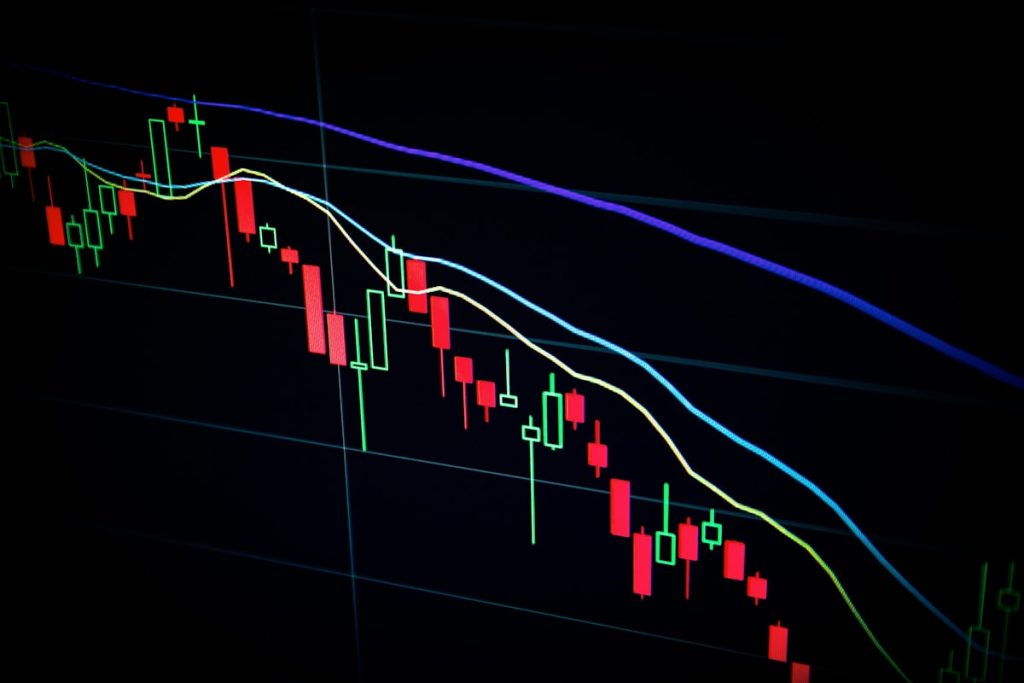Why the Stock Market Shrugged Off Weak Data and Recession Fears
Despite recent economic data pointing to slowing growth and persistent recession risks, major U.S. stock indices, including the S&P 500 and Nasdaq Composite, have rallied to near 2023 highs. This divergence between market performance and macroeconomic signals has left many investors questioning the rationale behind the optimism. Here’s a breakdown of the key factors driving this resilience.
Anticipation of Monetary Policy Shifts
Markets have largely priced in a pause in the Federal Reserve’s rate-hiking cycle, with futures traders betting on potential cuts in early 2024. Weak data, such as July’s subdued manufacturing activity and softening consumer spending, reinforced expectations that the Fed may pivot to avoid over-tightening. Bond markets echoed this sentiment, with the 10-year Treasury yield dipping below 4% in August. Lower borrowing costs typically boost equity valuations, particularly for growth stocks.
Earnings Resilience Amid Economic Uncertainty
Second-quarter earnings outperformed muted expectations, with over 75% of S&P 500 companies beating analyst estimates. Sectors like technology and consumer discretionary saw robust results, driven by cost-cutting measures and stable demand for AI-related products. For instance, NVIDIA’s earnings surged on AI chip sales, while Amazon and Meta reported stronger-than-expected revenue growth. This corporate resilience has eased concerns about an immediate earnings recession.
Sector Rotation and Tech Leadership
Investors have shifted capital toward sectors perceived as recession-resistant. The tech-heavy Nasdaq gained 35% year-to-date, fueled by enthusiasm around artificial intelligence and cloud computing. Meanwhile, defensive sectors like utilities and healthcare have underperformed, suggesting a risk-on tilt. Large-cap tech stocks, which dominate index weightings, have disproportionately driven market gains, masking broader economic vulnerabilities.
Global Developments and Liquidity Support
International factors also played a role. China’s targeted stimulus measures, including rate cuts and property sector support, alleviated concerns about a global growth collapse. Additionally, the European Central Bank signaled a data-dependent approach, reducing fears of aggressive rate hikes. A weaker U.S. dollar further supported multinational corporations’ earnings prospects.
Market Psychology and Technical Factors
Momentum-driven trading and short covering exacerbated the rally. After the S&P 500 breached its 200-day moving average in June, algorithmic systems and institutional investors increased equity exposure. Retail investor participation also rebounded, with inflows into U.S. equity funds hitting a three-month high in August. The “fear of missing out” (FOMO) has overshadowed lingering macro risks, creating a self-reinforcing cycle.
Conclusion
While recession risks persist, markets are betting on a “soft landing” scenario where inflation cools without significant job losses. However, this optimism remains fragile. Upcoming labor market data, Fed commentary, and corporate guidance will test whether the rally has staying power. For now, investors are leaning into the narrative that weak economic data could translate to policy relief—a calculus that keeps bullish momentum alive.



